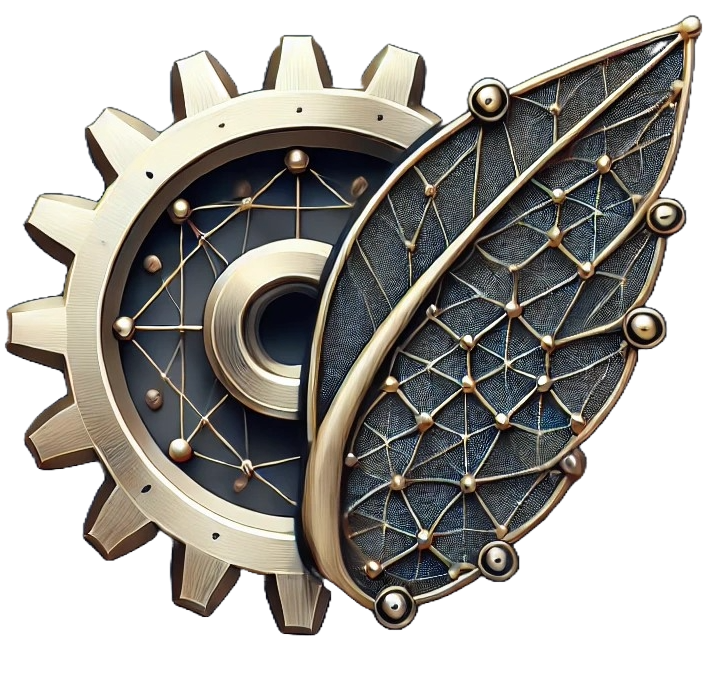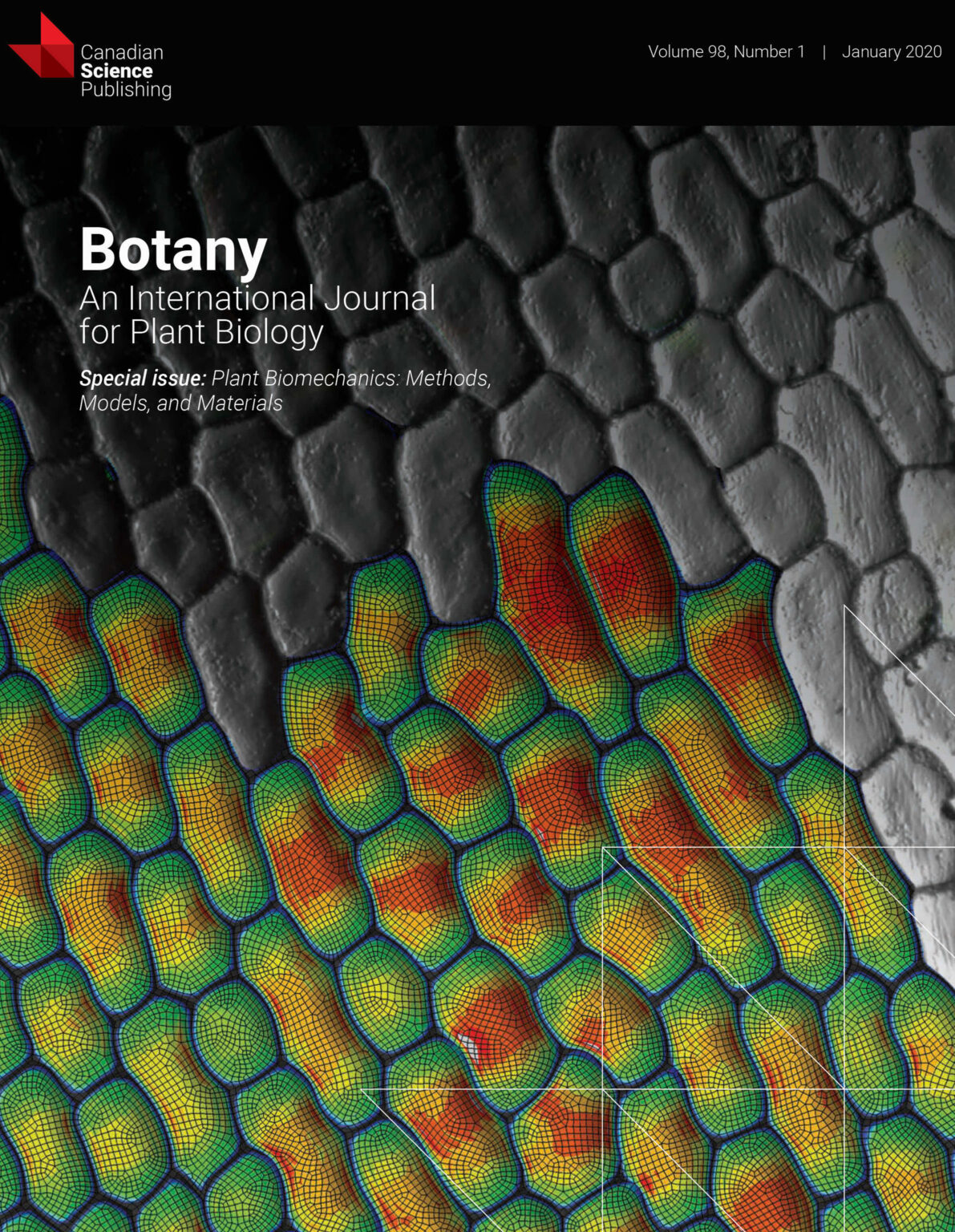
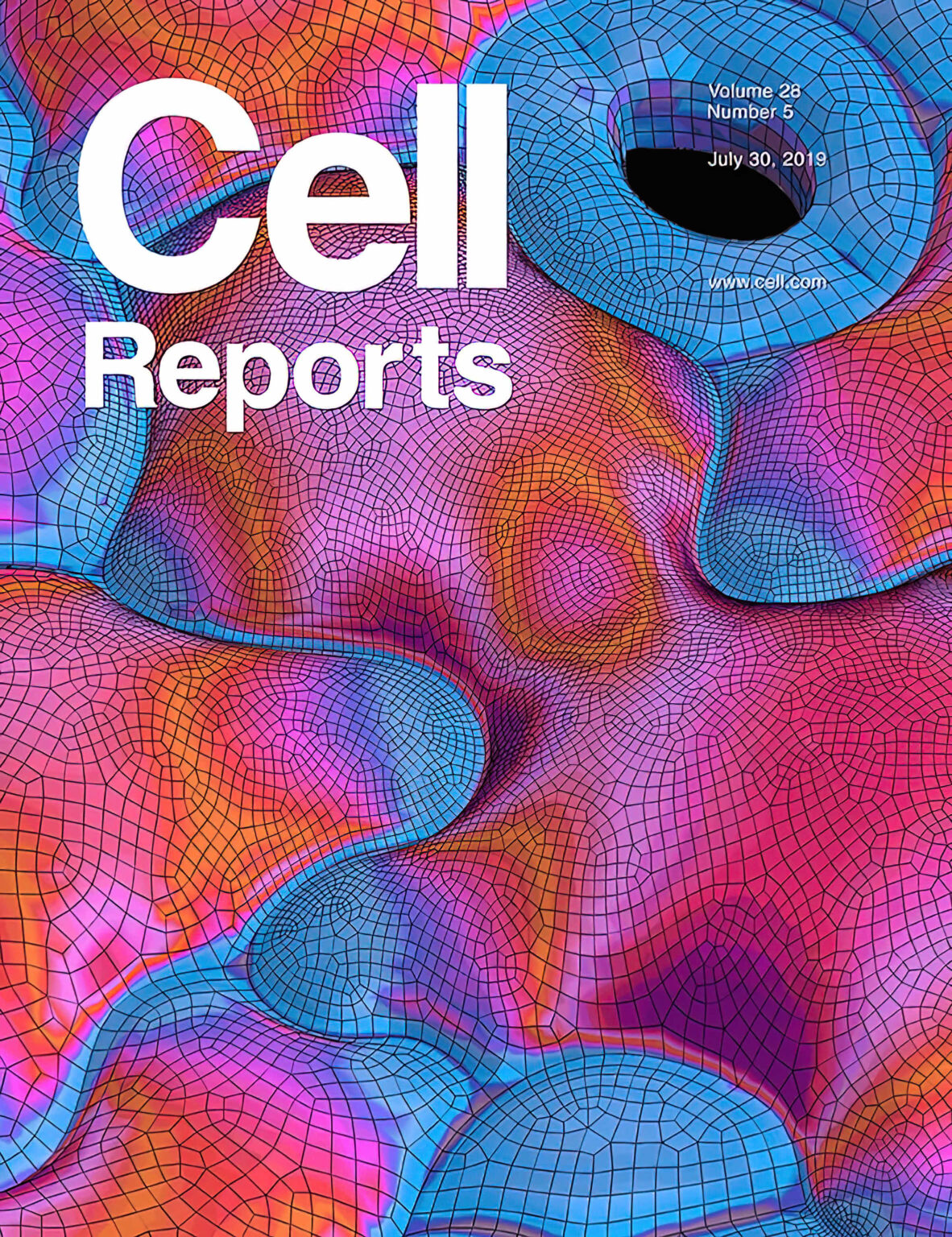
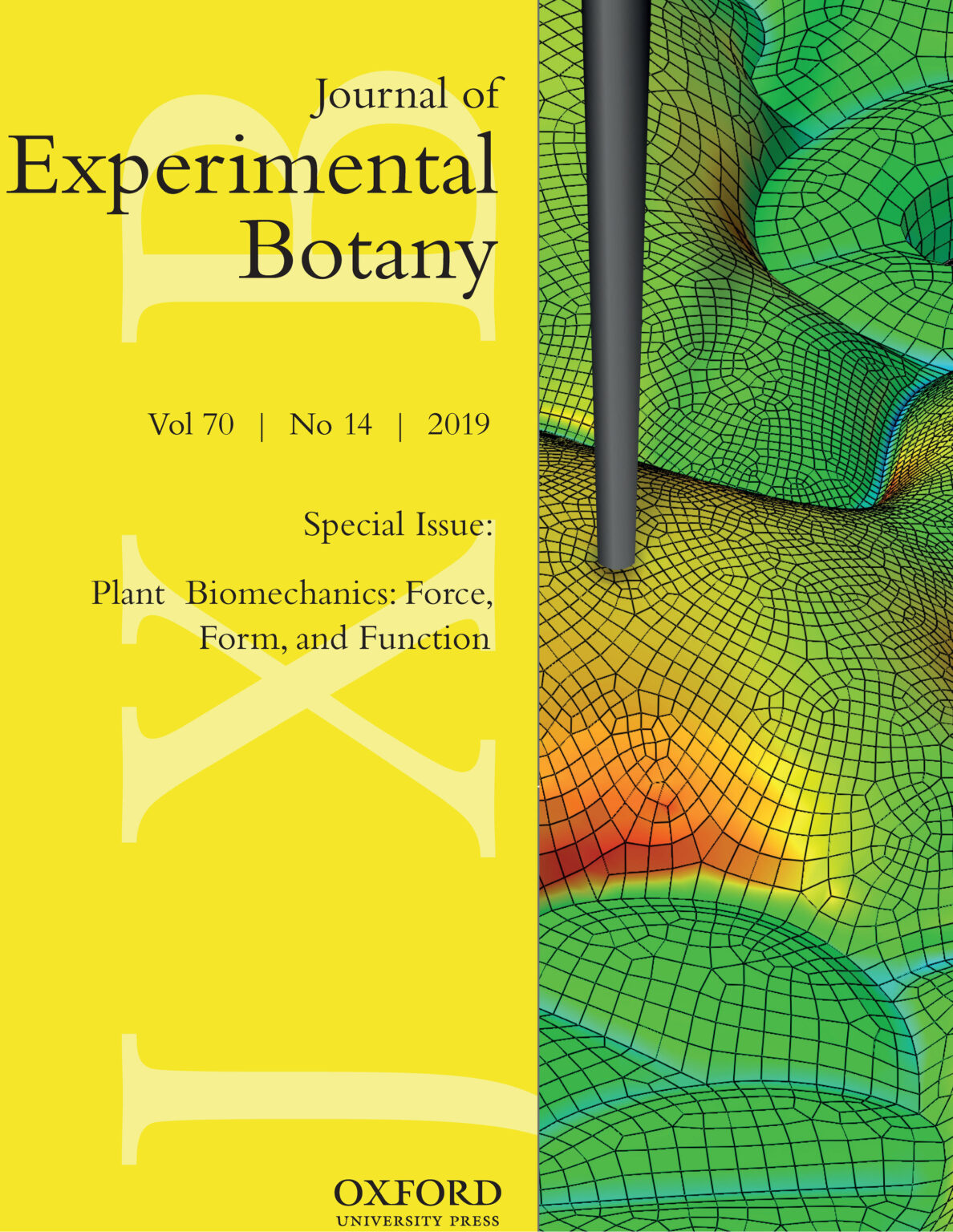
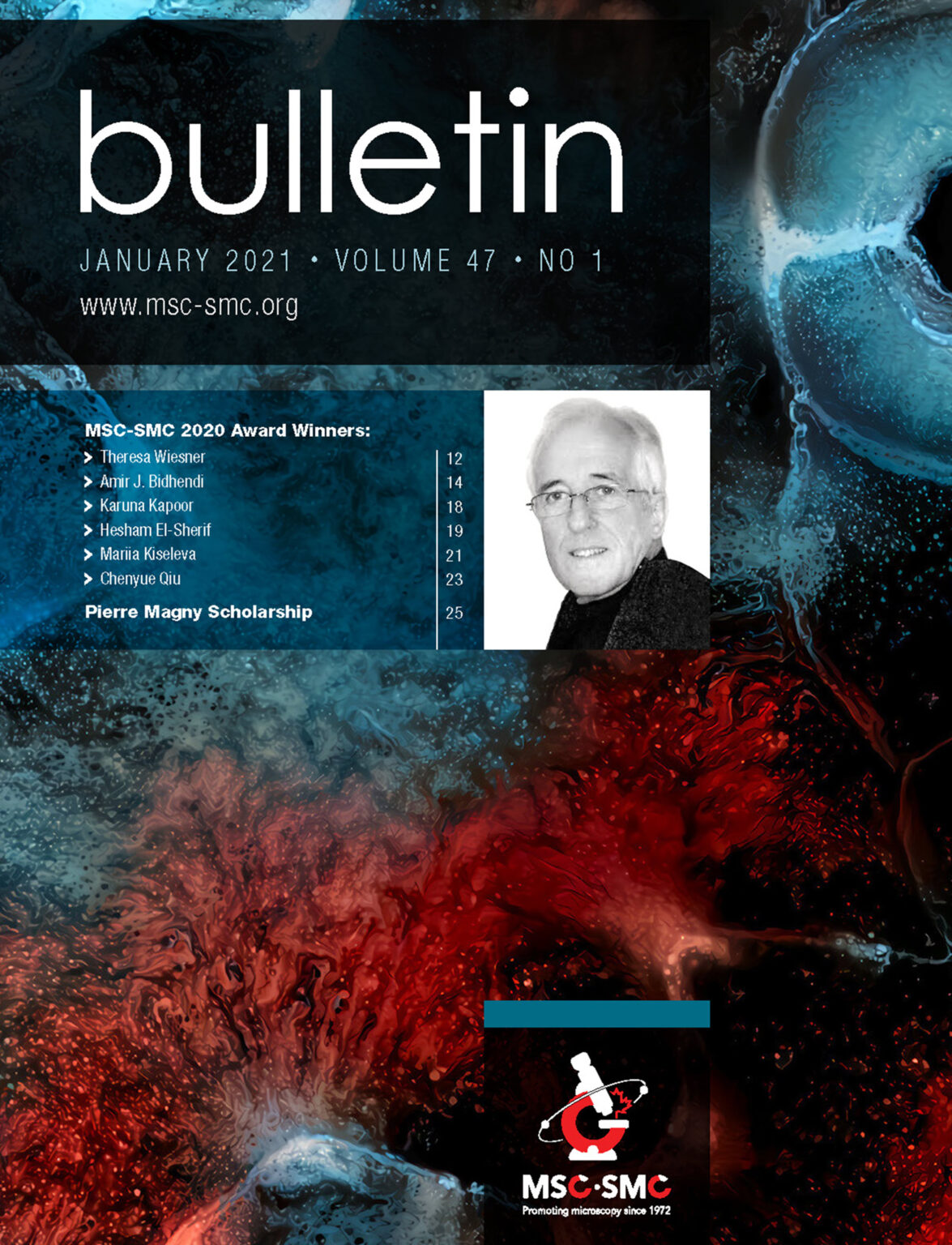
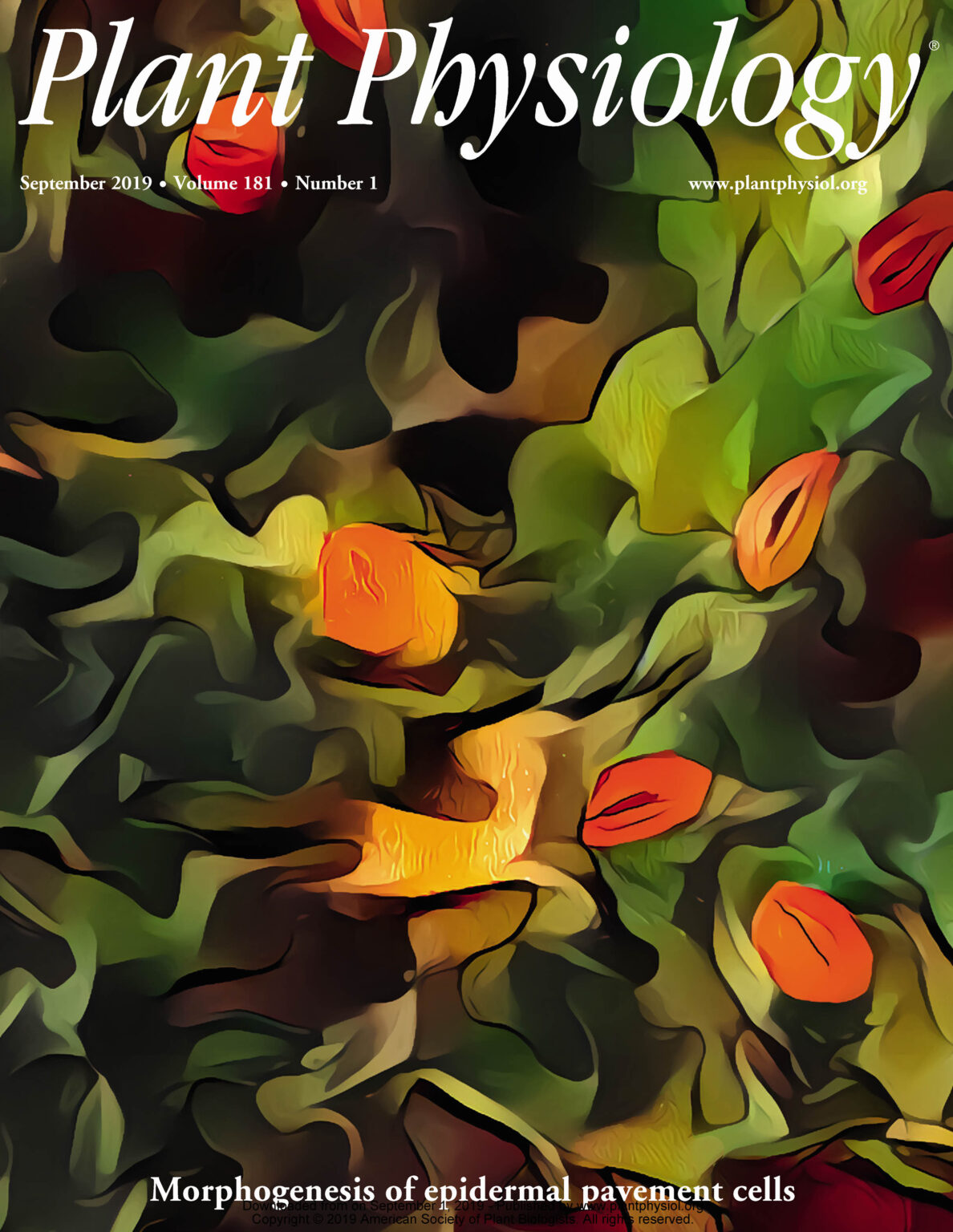
Featured on the covers of leading journals including Cell Reports, Plant Physiology, and JXB

A dataset for mechanical mechanisms
Authors: F Ghezelbash, AH Eskandari, AJ Bidhendi
Source: arXiv preprint arXiv:2409.03763
Year: 2024
We present a new dataset of ~9,000 images of mechanical mechanisms (2D and 3D) with text descriptions to aid AI-driven design. We fine-tuned Stable Diffusion and BLIP-2 models using this data, showing promise for generating 3D sketches, but 2D sketches need work. Our dataset, though limited in size, represents a first step towards using AI for mechanism design.
Download PDF

Cell geometry regulates tissue fracture
Authors: AJ Bidhendi, O Lampron, FP Gosselin, A Geitmann
Source: Nature Communications
Year: 2023
This study investigates the role of cell geometry in tissue fracture mechanisms. By leveraging advanced imaging techniques and computational models, it reveals how geometric factors contribute to the mechanical properties of tissues and their failure modes.
Download PDF

Plant blindness and diversity in AI language models
Authors: A Geitmann, AJ Bidhendi
Source: Trends in Plant Science
Year: 2023
We uncover "plant blindness" in large language models, revealing inconsistencies in their understanding of the plant kingdom. This highlights an urgent need: scientists must actively guide AI training to ensure diverse and accurate representations of the natural world.

3D visualization of microtubules in epidermal pavement cells
Authors: AJ Bidhendi, B Altartouri, A Geitmann
Source: The Plant Cytoskeleton: Methods and Protocols, 25-42
Year: 2023
We show how to create stunning 3D visualizations of microtubules in plant cells. This involves using confocal microscopy, processing the images with Imaris and ImageJ, and even enhancing them with AI for clearer results. This guide will help researchers explore the intricate world of the plant cytoskeleton and its role in cell development.
Download PDF
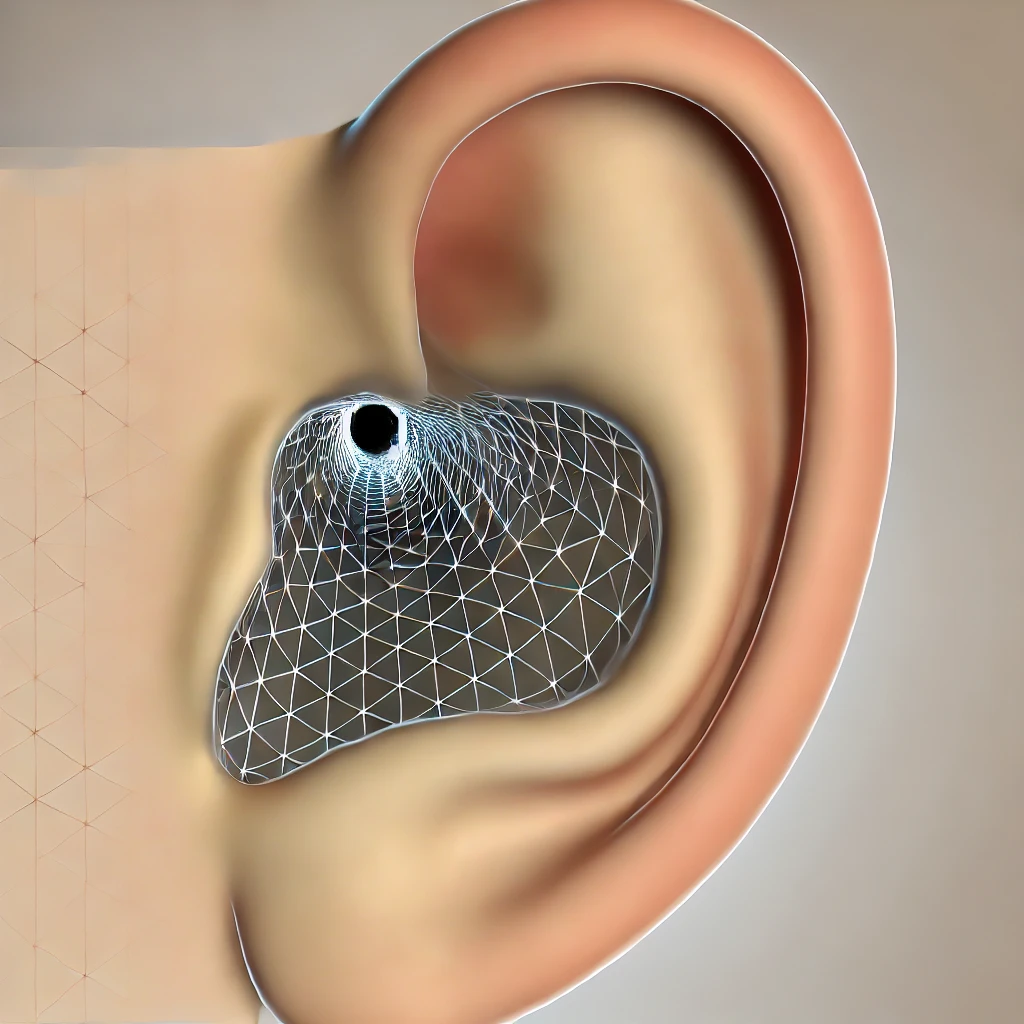
Statistical shape modeling of the human ear canal for designing hearing protection devices and auditory wearables
Authors: F Ghezelbash, K Braun, AJ Bidhendi, J Bouchard-Roy
Source: Canadian Acoustics, 2023, vol. 51, issue 3, pp. 115-116
We've developed a new method for designing better ear devices like headphones and earplugs. By scanning and analyzing ear canals from 86 people, we created a model that captures the diverse shapes and sizes of ears. This model allows us to design devices that fit more comfortably and work more effectively, improving comfort, hearing protection and user experience.
Download PDF

Evaluating mechanical comfort of ear tips: An experimental-computational approach
Authors: AJ Bidhendi, K Braun, J Bouchard-Roy, F Ghezelbash
Source: Canadian Acoustics, 2023, vol. 51, issue 3, p. 114
To improve the comfort of earplugs and earbuds, we developed a system to measure how different designs interact with the ear canal. This involves 3D-printed ear canal models, finite element simulations, and feedback from testing on real users.
Download PDF
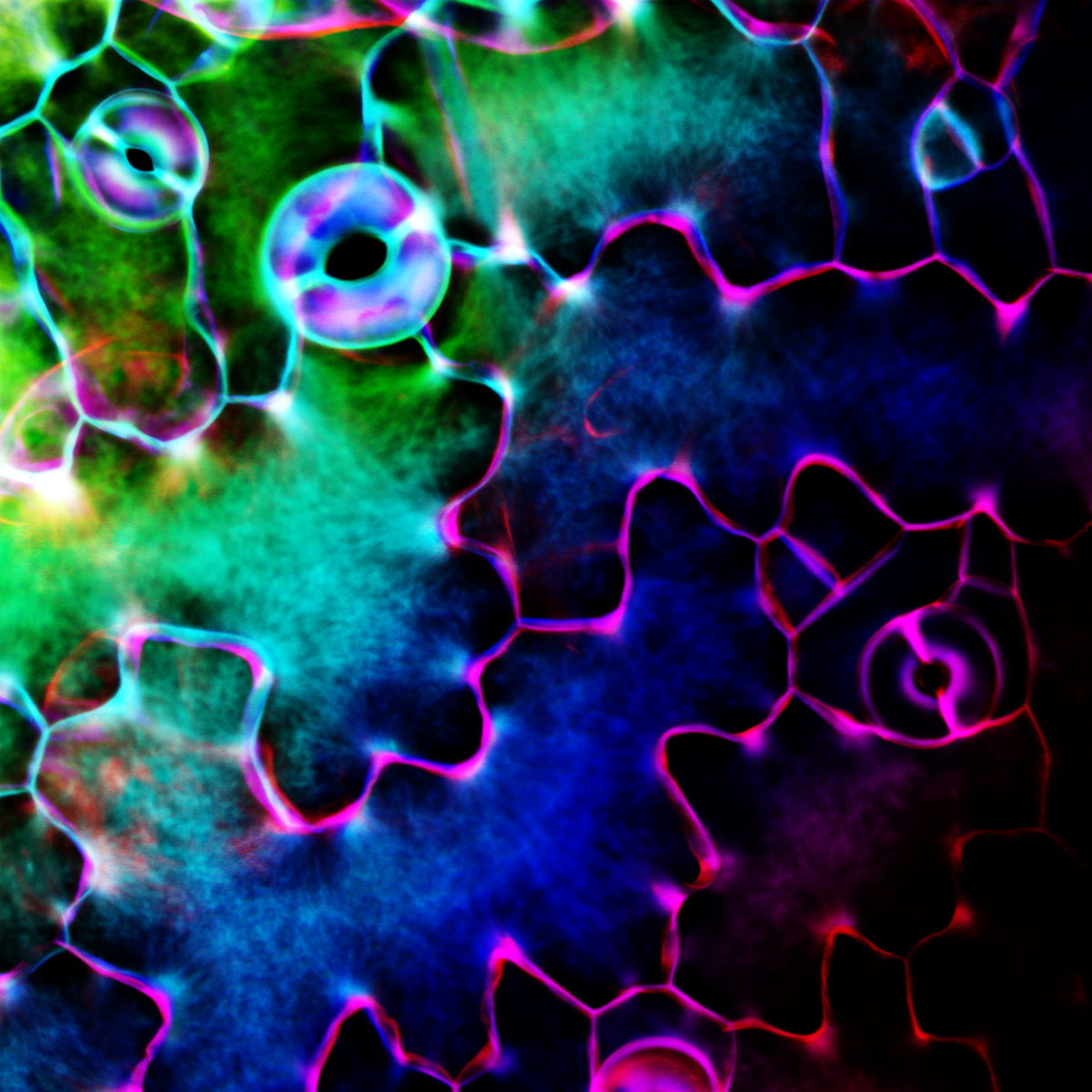
Cell shape formation through material heterogeneity in the plant cell wall
Authors: Anja Geitmann, AJ Bidhendi, Bara Altartouri
Source: APS March Meeting Abstracts, N00.260
Year: 2022
Plant cells develop intricate shapes through a fascinating interplay of internal pressure and precisely controlled cell wall properties. Using advanced microscopy and computational modeling, we reveal how pectin and cellulose microfibrils orchestrate this process, even showing how "buckling" can initiate unique forms. This work offers insights into plant development and inspires new bio-inspired materials.
Read Abstract
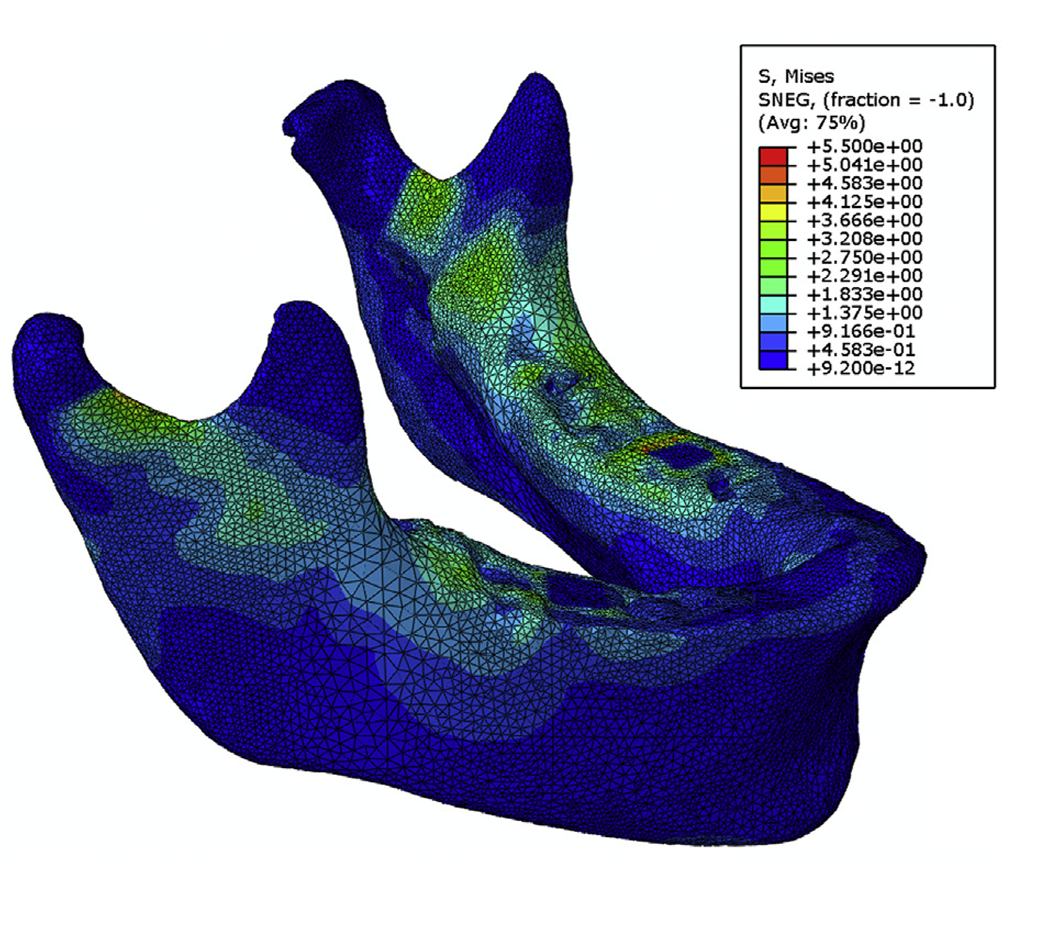
A clinically friendly viscoelastic finite element analysis model of the mandible with Herbst appliance
Authors: ZH Zadi, AJ Bidhendi, A Shariati, EK Pae
Source: Methods in Cell Biology, 160, 327-348
Year: 2020
This study introduces a user-friendly viscoelastic finite element model of the human mandible with a Herbst appliance. The model allows clinicians to predict biomechanical outcomes of orthodontic treatments, combining computational efficiency with clinical applicability to enhance patient care.
Download PDF
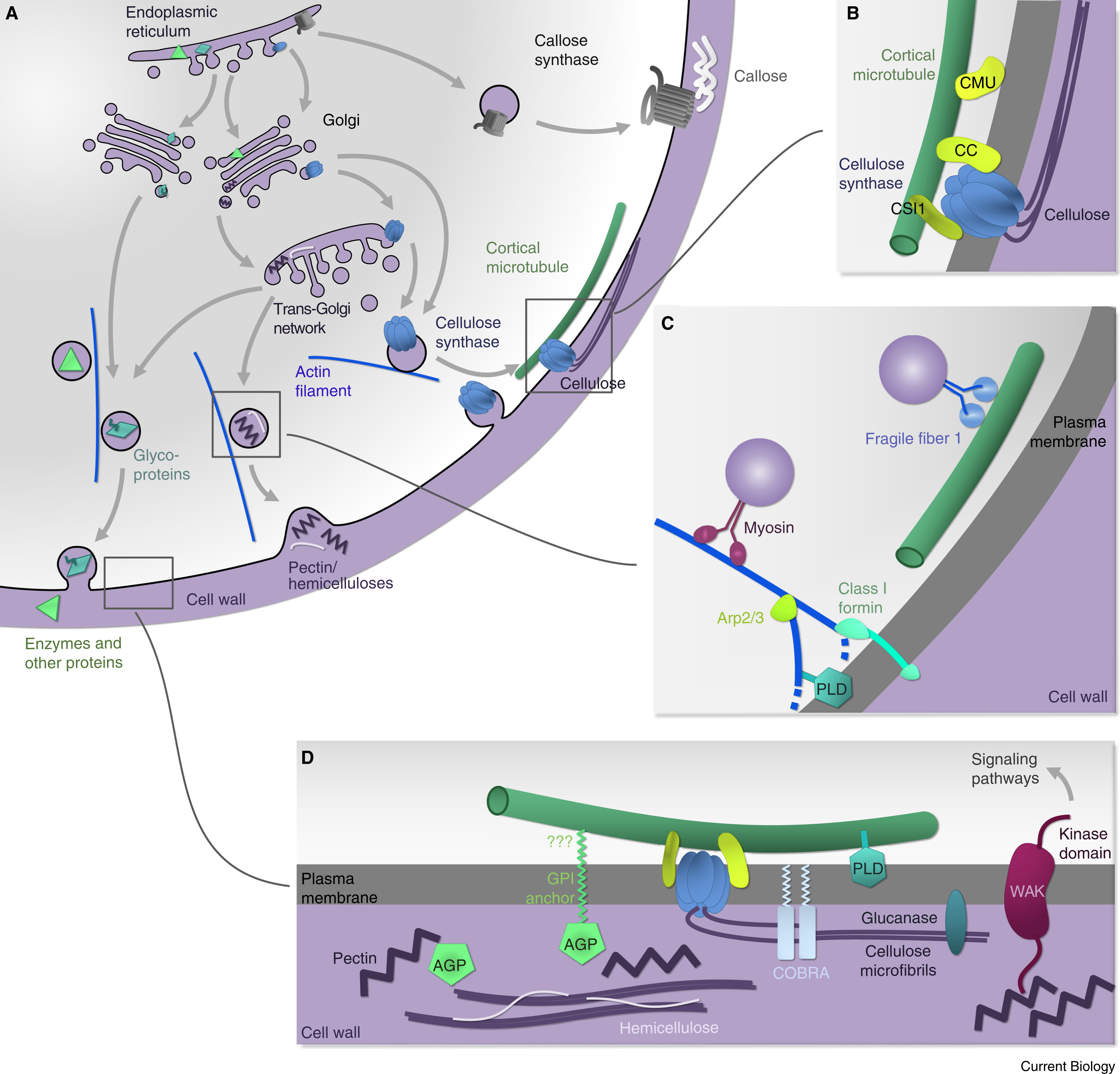
Cytoskeletal regulation of primary plant cell wall assembly
Authors: Y Chebli, AJ Bidhendi, K Kapoor, A Geitmann
Source: Current Biology, 31(10), R681-R695
Year: 2021
This review explores the fascinating interplay between the plant cytoskeleton and cell wall assembly during development. The cytoskeleton orchestrates the delivery of cell wall materials and guides their arrangement to create anisotropic properties crucial for shaping cells. This process is dynamic and responsive to both internal and external cues, highlighting the intricate feedback loops that govern plant growth and morphogenesis.
Download PDF
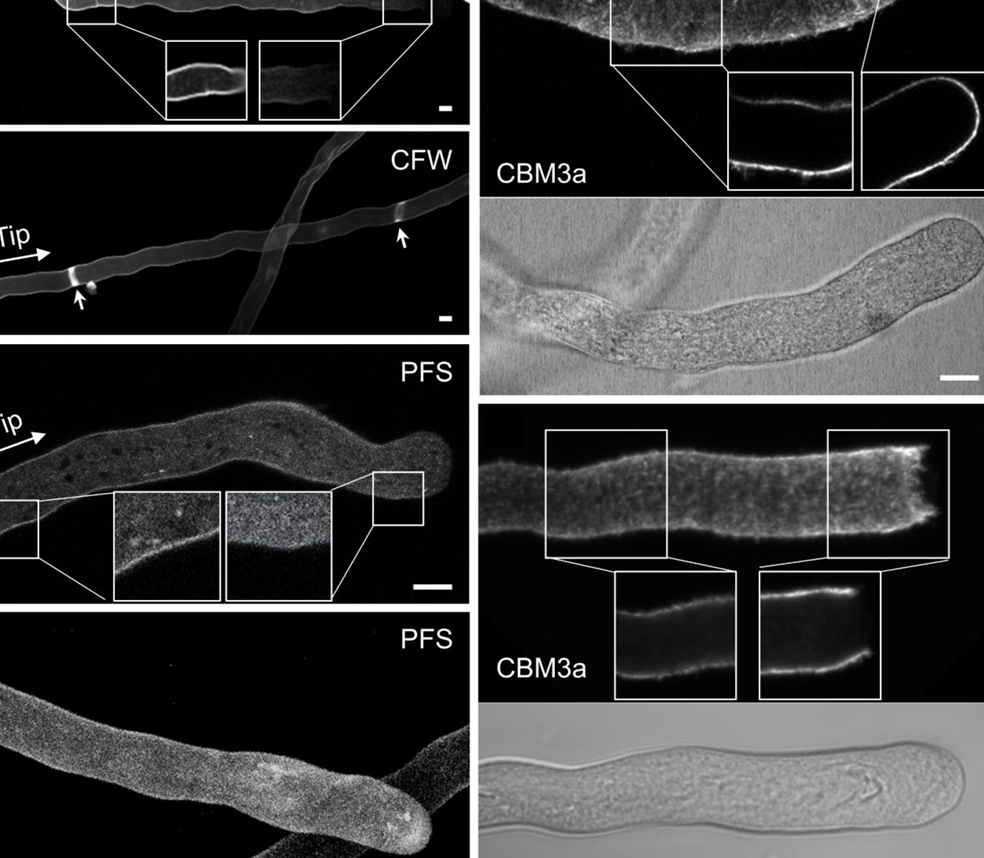
Fluorescence visualization of cellulose and pectin in the primary plant cell wall
Authors: AJ Bidhendi, Y Chebli, A Geitmann
Source: Journal of Microscopy, 278(3), 164-181
Year: 2020
We present a practical guide for visualizing key plant cell wall components, cellulose and pectin, using fluorescence microscopy. We explore various labeling techniques, including those suitable for live imaging, offering researchers a window into the dynamic changes in cell wall architecture during growth and development.
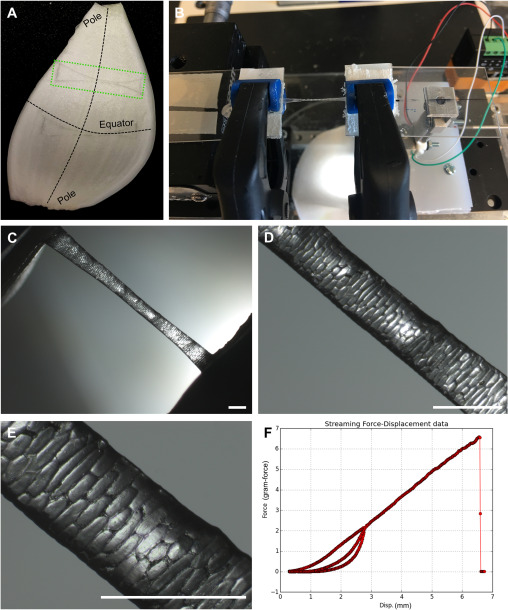
Assembly of a simple scalable device for micromechanical testing of plant tissues
Authors: AJ Bidhendi, MS Zamil, A Geitmann
Source: Methods in Cell Biology, 160, 327-348
Year: 2020
We present a DIY guide for building a low-cost, customizable device for micromechanical testing of plant tissues. This apparatus allows for precise tensile testing while observing microscopic changes in the material, making it ideal for studying the mechanics of plant development.
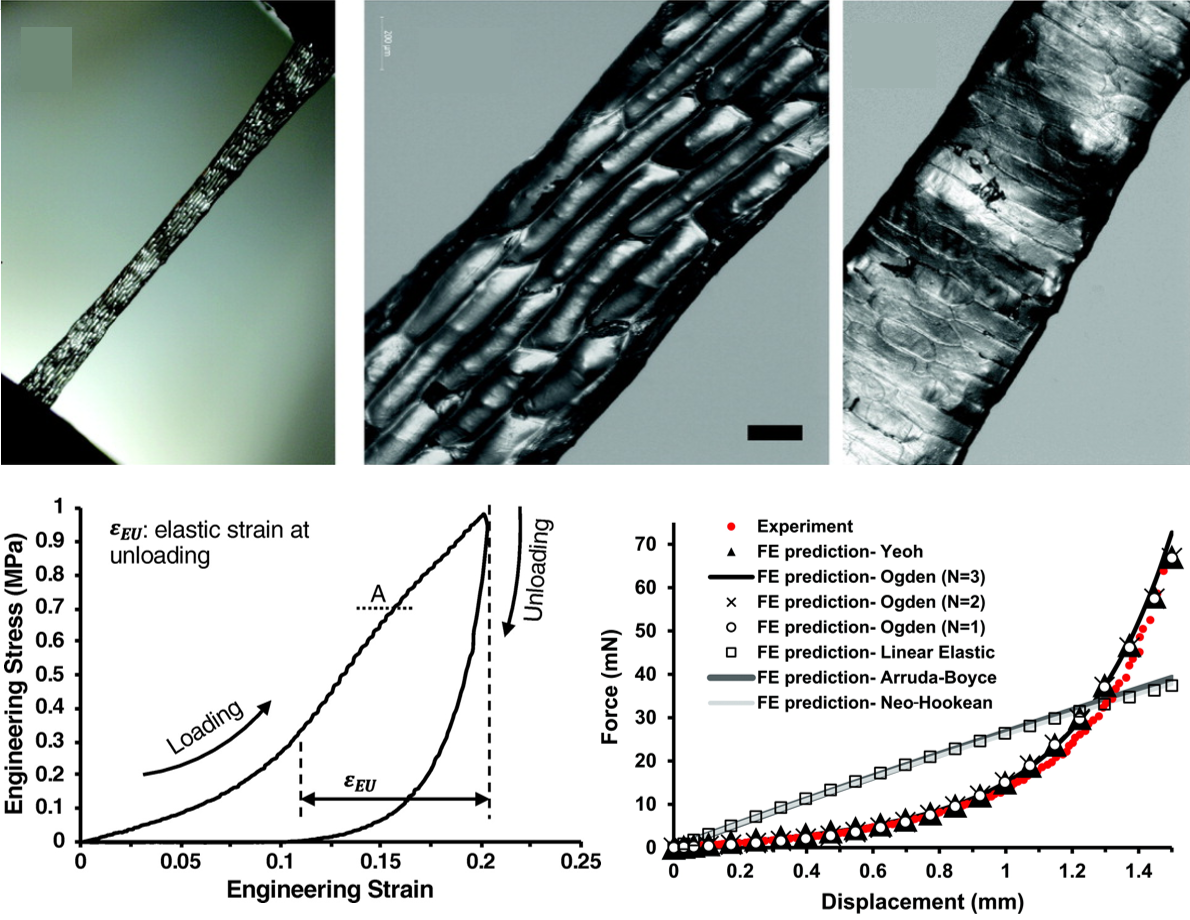
Modeling the nonlinear elastic behavior of plant epidermis
Authors: AJ Bidhendi, H Li, A Geitmann
Source: Botany, 98(1), 49–64
Year: 2020
We explore the elastic behavior of onion skin under tension, finding it to be surprisingly complex and nonlinear. This challenges the common assumption that plant tissues behave like simple springs. By applying advanced material models, we can accurately capture this nonlinearity, leading to a deeper understanding of plant biomechanics.
Download PDF
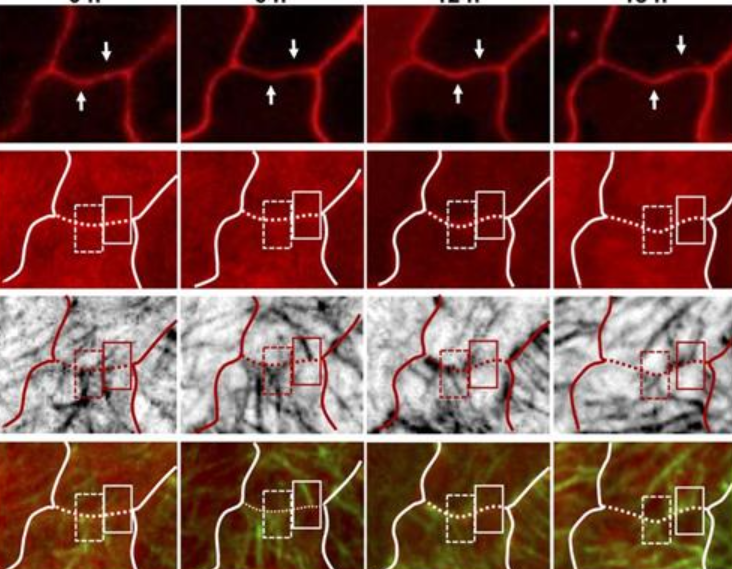
Pectin chemistry and cellulose crystallinity govern pavement cell morphogenesis in a multi-step mechanism
Authors: B Altartouri, AJ Bidhendi, T Tani, J Suzuki, C Conrad, Y Chebli, N Liu, C Karunakaran, G Scarcelli, A Geitmann
Source: Plant Physiology, 181(1), 127-141
Year: 2019
Plant cells form intricate shapes, like the interlocking patterns on leaves. We discovered this happens through a two-step process: first, pectin creates stiff spots in the cell wall, then cellulose reinforces them, guiding growth into wavy patterns. Using advanced microscopy, including Brillouin microscopy to map cell wall stiffness, we confirmed this mechanism.
Download PDF

Mechanical stress initiates and sustains the morphogenesis of wavy leaf epidermal cells
Authors: AJ Bidhendi, B Altartouri, FP Gosselin, A Geitmann
Source: Cell Reports, 28(5), 1237-1250.e6
Year: 2019
This research reveals how leaf cell patterns arise through a two-step process: first, pressure within the cell causes the walls to buckle, similar to a balloon inflating inside a box. This buckling triggers localized stiffening of the cell wall. Using finite element analysis and microscopy, we accurately predicted these mechanisms, discovering that buckling acts as a shaping force in plant cells.
Download PDF
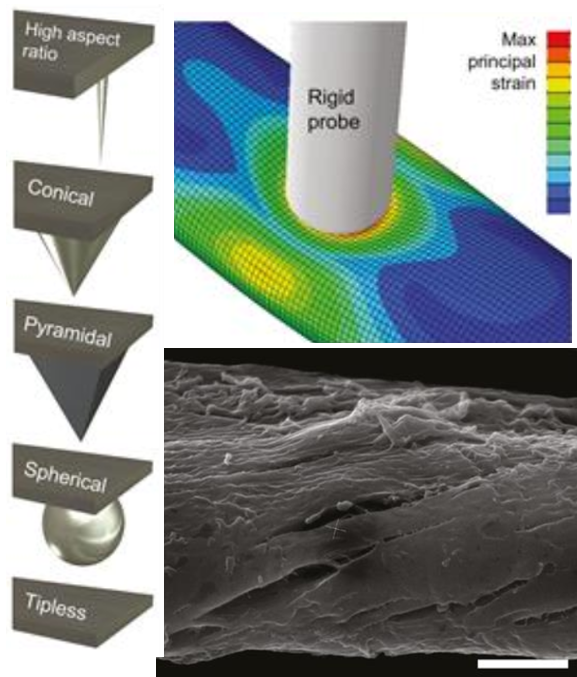
Methods to quantify primary plant cell wall mechanics
Authors: AJ Bidhendi, A Geitmann
Source: Journal of Experimental Botany, 70(14), 3615-3648
Year: 2019
Plant cell walls possess unique mechanical properties crucial for growth and shape. This review explores the diverse methods used to study them, from poking with tiny probes (atomic force microscopy) to stretching (tensile testing) and even using sound waves (acoustic microscopy). We discuss the pros and cons of each technique, emphasizing the challenges of measuring something so small and dynamic.
Download PDF
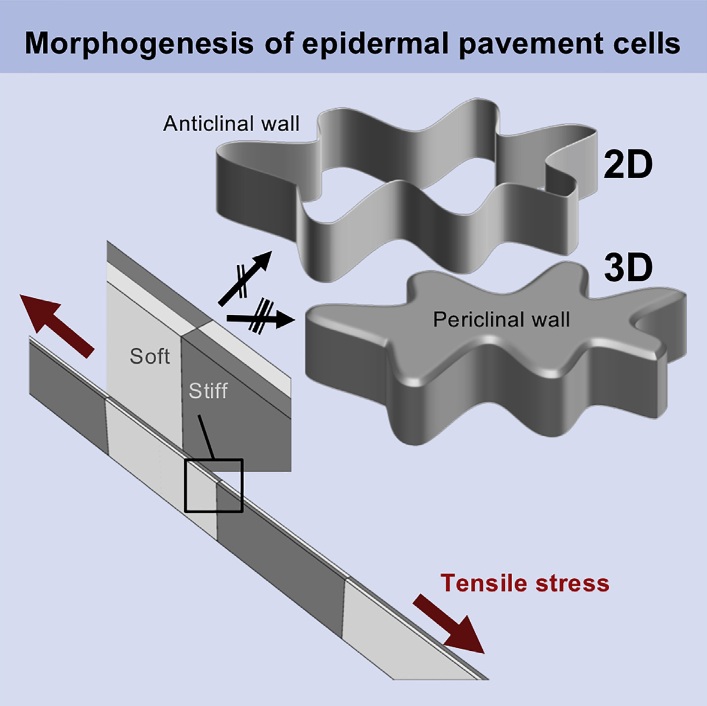
Geometrical details matter for mechanical modeling of cell morphogenesis
Authors: AJ Bidhendi, A Geitmann
Source: Developmental Cell, 50(1), 117-125.e2
Year: 2019
This study demonstrates the critical importance of geometric precision in mechanical models of plant cell development. Through detailed analysis and modeling, we show how small variations in geometric parameters can lead to significant differences in predicted cell behavior and morphogenesis.
Download PDF
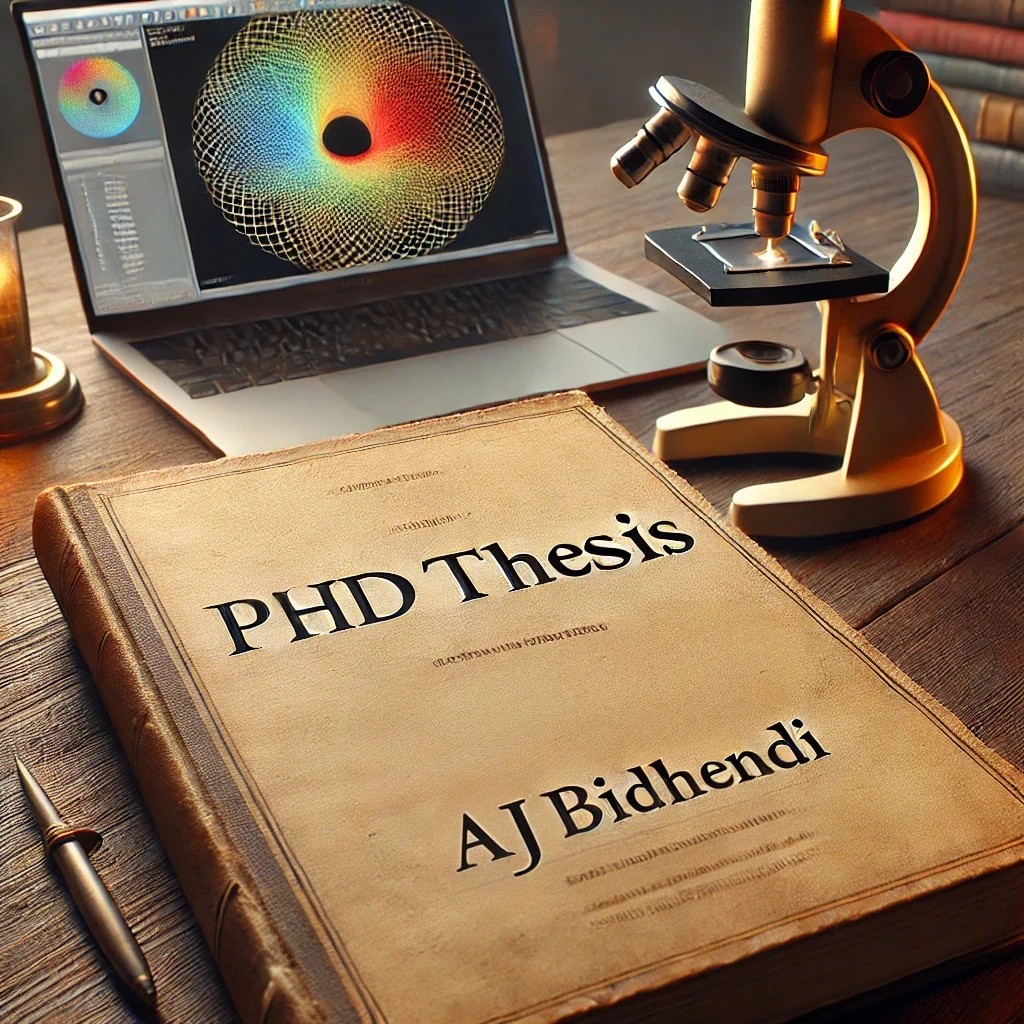
Mechanics of cell growth and tissue architecture in plants
Authors: A Jafari Bidhendi
Type: Doctoral Thesis
Source: Université de Montréal
Year: 2018
This doctoral thesis explores the fundamental mechanisms governing plant cell growth and tissue architecture. Through a combination of experimental approaches and computational modeling, it provides new insights into how mechanical forces shape plant development.
Download PDF
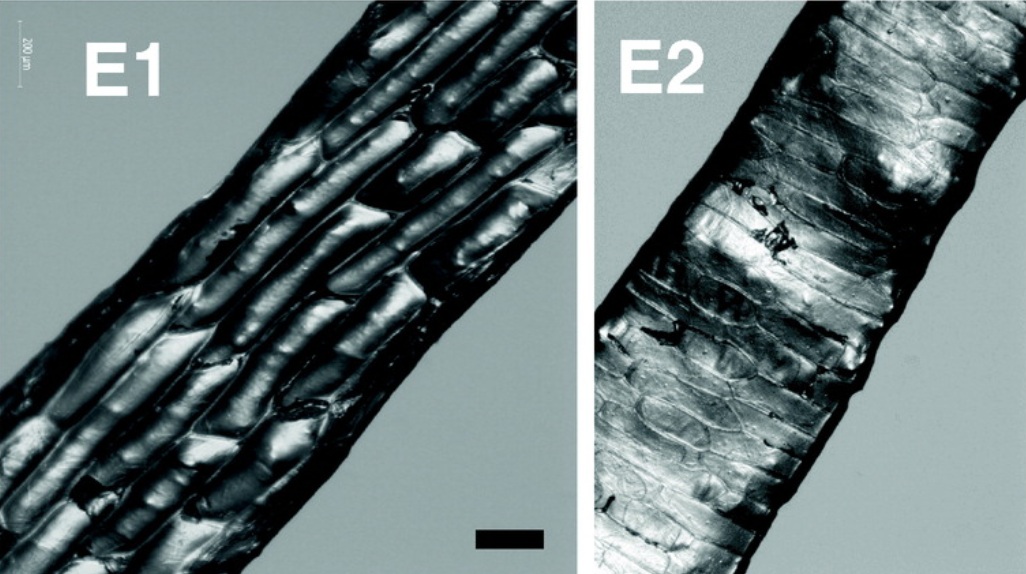
Tensile testing of primary plant cells and tissues
Authors: AJ Bidhendi, A Geitmann
Source: Plant Biomechanics: From Structure to Function at Multiple Scales, 321-347
Year: 2018
This chapter provides a comprehensive overview of tensile testing methods for plant cells and tissues, including experimental protocols and data analysis techniques. It serves as a practical guide for researchers in plant biomechanics.
Download PDF
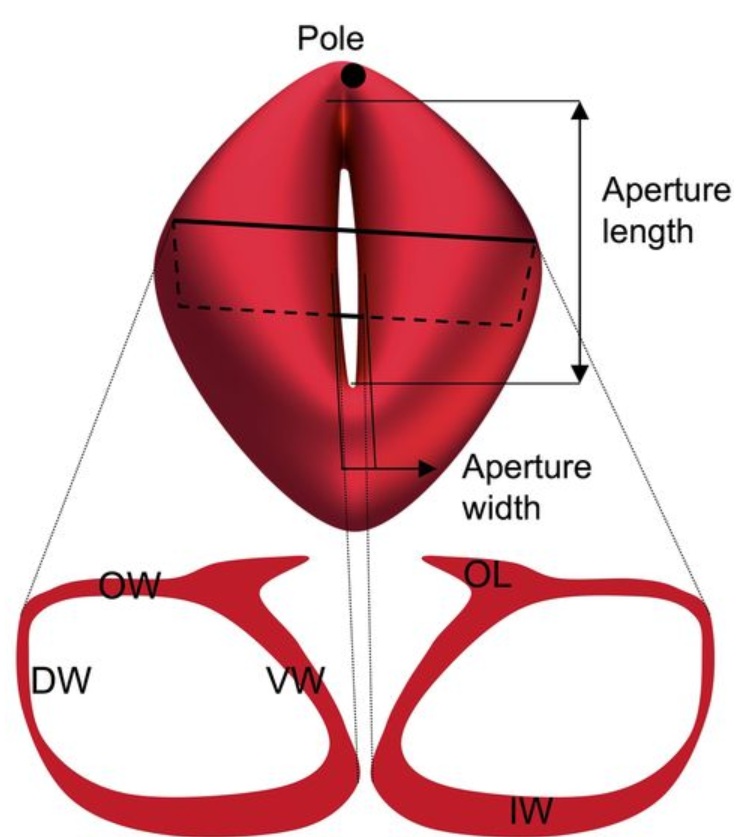
Finite element modeling of shape changes in plant cells
Authors: AJ Bidhendi, A Geitmann
Source: Plant Physiology, 176(1), 41-56
Year: 2018
This paper presents advanced finite element modeling techniques for studying plant cell morphogenesis. It provides researchers with practical guidelines for implementing mechanical models that capture the complex dynamics of cell shape changes.
Download PDF
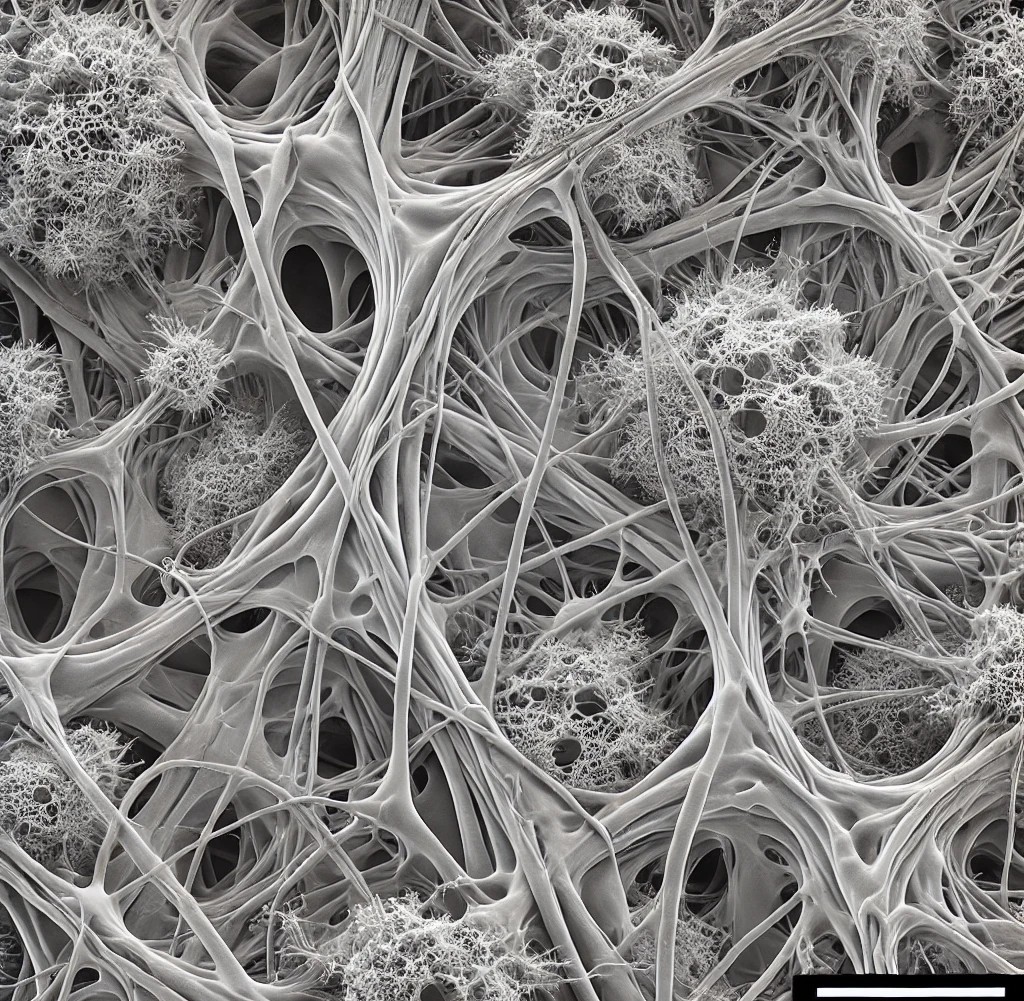
Relating the mechanics of the primary plant cell wall to morphogenesis
Authors: AJ Bidhendi, A Geitmann
Source: Journal of Experimental Botany, 67(2), 449-461
Year: 2016
This review explores the relationship between cell wall mechanics and plant cell shape development. It examines how mechanical properties of the cell wall influence growth patterns and cellular morphogenesis.
Download PDF
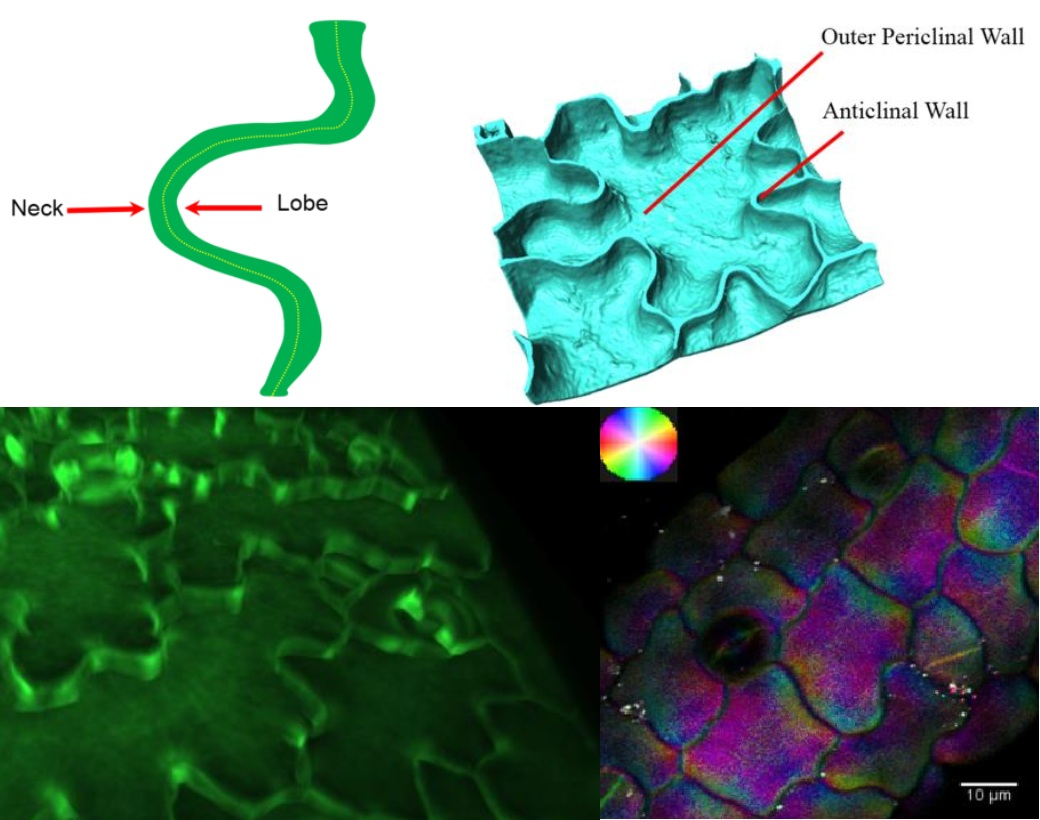
Mechanics of interdigitating morphogenesis in pavement cells
Authors: AJ Bidhendi, B Altartouri, A Geitmann
Source: Microscopy and Microanalysis, 21(S3), 201-202
Year: 2015
This study investigates the mechanical aspects of how plant epidermal cells develop their characteristic puzzle-piece shapes. The research combines microscopy with mechanical analysis to understand this unique developmental process.
Download PDF
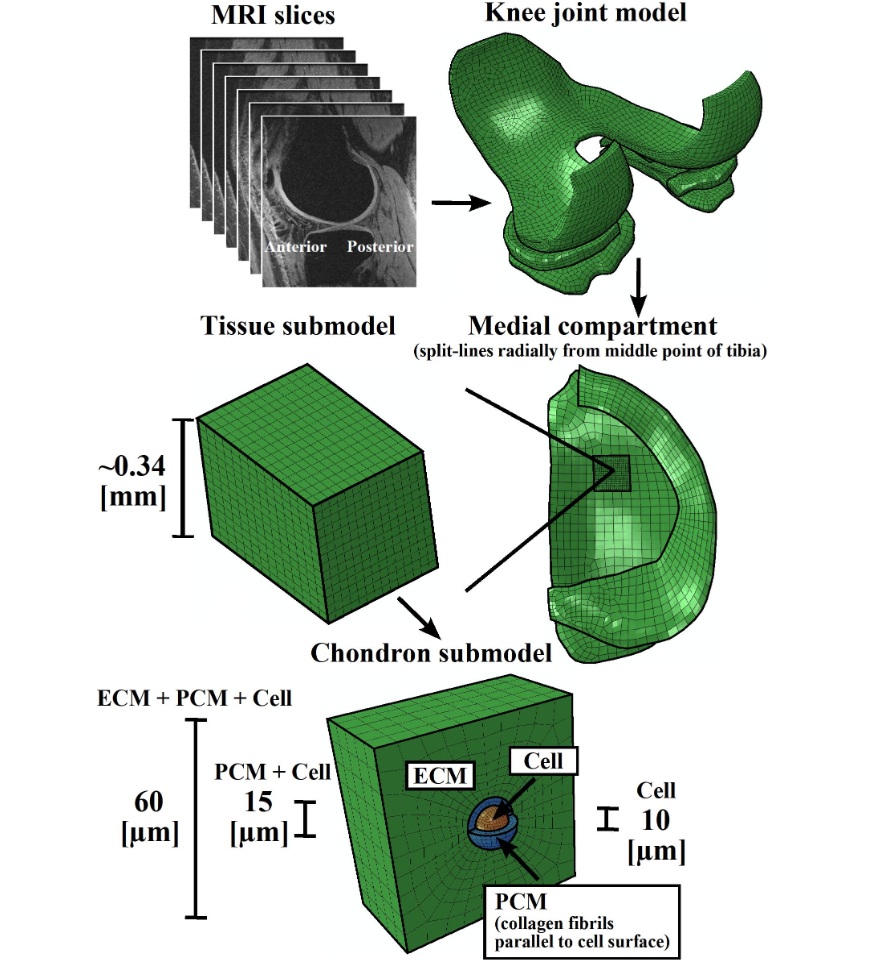
Importance of split-lines of cartilage and collagen fibrils in the pericellular matrix on cell deformations in a knee joint
Authors: P Tanska, AJ Bidhendi, M Mononen, RK Korhonen
Source: Proceedings of the 11th International Symposium, Computer Methods in Biomechanics and Biomedical Engineering
Year: 2013
This research examines how the organization of collagen fibers in cartilage affects cell deformation in knee joints. The study uses computational modeling to understand the relationship between tissue structure and cellular response to mechanical loads.
Download PDF
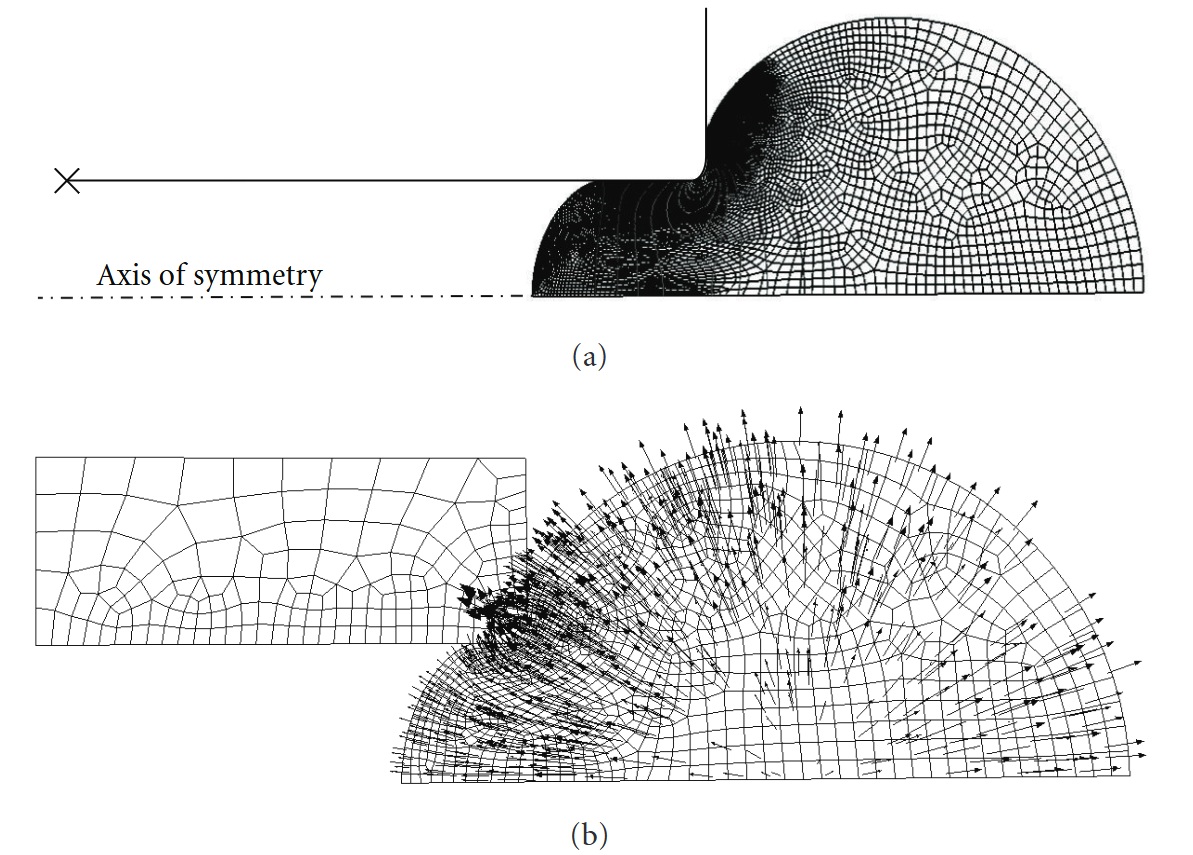
A finite element study of micropipette aspiration of single cells: effect of compressibility
Authors: A Jafari Bidhendi, RK Korhonen
Source: Computational and Mathematical Methods in Medicine, 2012
Year: 2012
This paper uses finite element analysis to study how cell compressibility affects measurements in micropipette aspiration experiments. The findings help improve the accuracy of cell mechanical property measurements.
Download PDF
